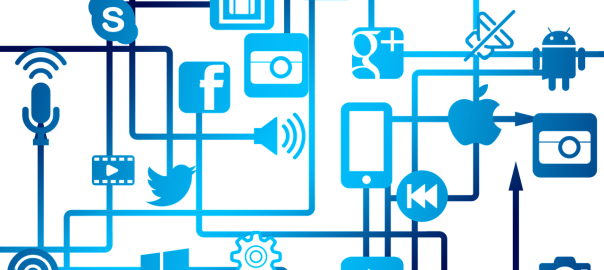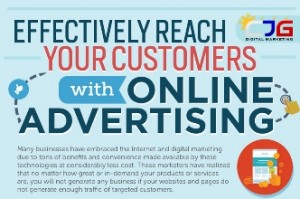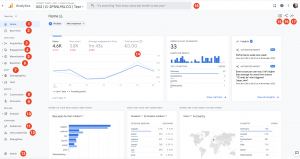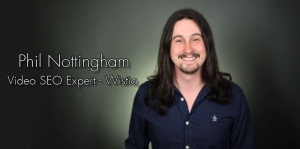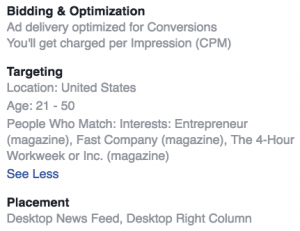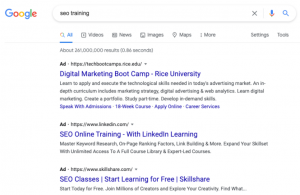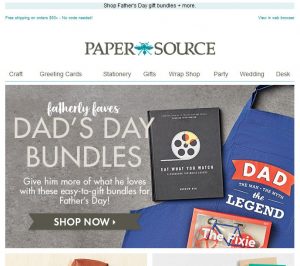— January 17, 2019
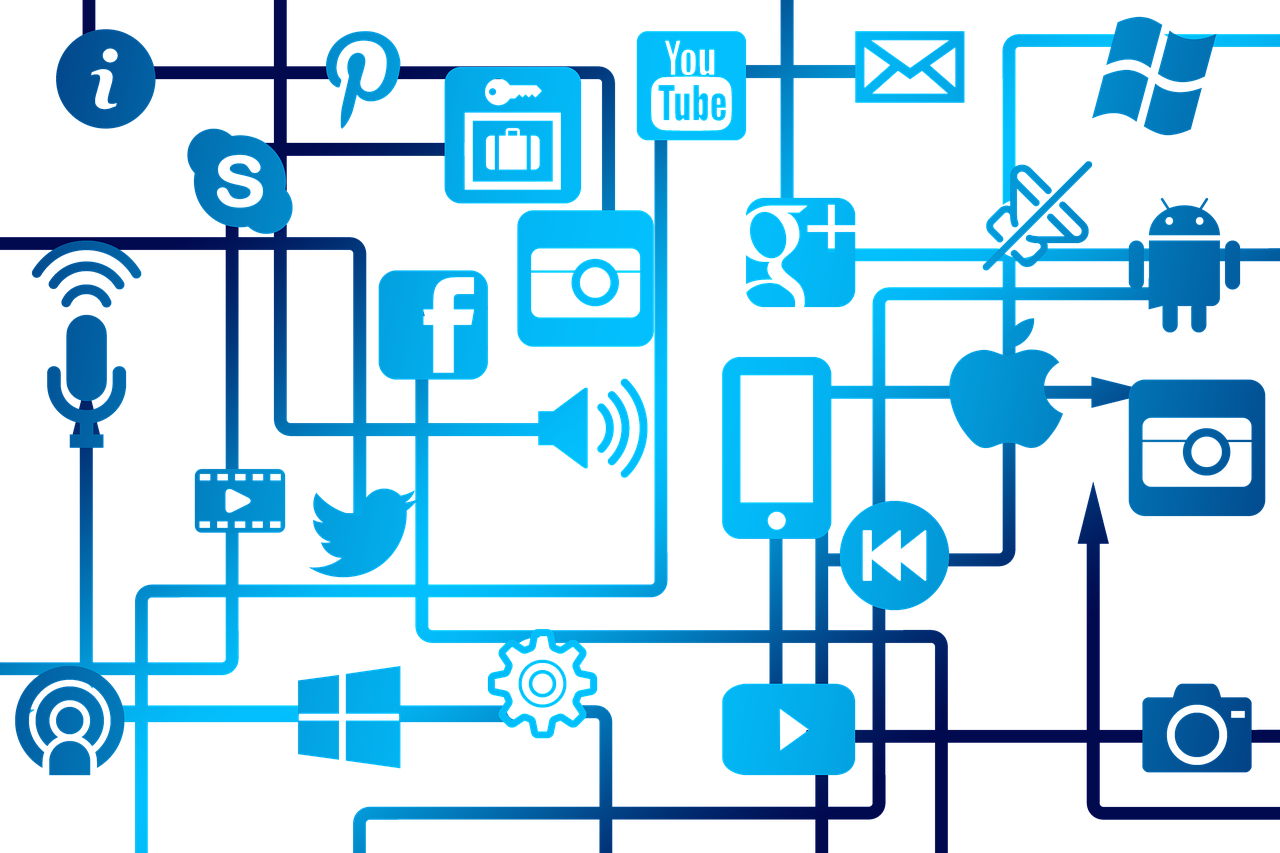
geralt / Pixabay
Event marketing typically uses all different types of channels, including email, video, google ads, and social. But while some platforms are pretty straightforward, social media offers you a wide variety of options to choose from in marketing your event. With so many choices, how do you build an event marketing social media plan that’s optimized on all the options?
Social media marketing for events can be tricky. Let’s walk through a few examples of how you can social media to bring your event marketing to the next level.
Facebook Events
You’ve probably been invited to a few of these. A notification pops up on your Facebook page – You’ve been invited to So-and-So’s surprise birthday party! Many people use Facebook events for social gatherings like birthdays, anniversaries, and various other events. But don’t be afraid to capitalize on this feature for your corporate event marketing.
Facebook events are remarkably easy to set up. They can be used to count RSVPs for your event, but I would recommend instead using the group to channel attendees to a landing page. Not all of your attendees will have a Facebook account. The best way to get a comprehensive head count is to use social channels to direct interested users to a separate RSVP page.
Facebook events are controlled by the host, but also allow attendees to comment and ask questions within the event page. This makes it an ideal way to engage with potential attendees, provide more information, and address any concerns.
LinkedIn Groups
Because LinkedIn is a professional platform more than a social one, LinkedIn groups are a great way to market a business-oriented or corporate event – especially if you’re hosting an event series.
LinkedIn groups are made to provide a place for conversation, questions, and ongoing engagement with a group of people. We use our LinkedIn group for our Events at the Assembly series as a way to connect with potential attendees and previous attendees. We’ll continue the conversation from our roundtable events with engaging questions and follow ups for anyone who didn’t have time to get their questions answered at the event itself.
We also use the LinkedIn group as a way to reach out to specific connections who we feel would be particularly interested in our next event. We’ll post engaging videos promoting/explaining the next event in the group in order to generate some interest.
Think of a LinkedIn group as a small captive audience for your event or event series. They either accepted an invitation to join or requested to join the group, which means that they’re interested in what you have to say, and makes it ideal for event marketing.
Organic vs. Paid
Organic media can be a hard sell. With just organic posts you only reach a small percentage of your followers on any social platform. Essentially, social media is becoming pay to play for businesses and event marketing. However, organic posting is still extremely important when marketing an event. Even if you only reach a few people, you’re still promoting yourself as an active organization who’s creating engaging content.
You can also use your organic posts as fodder for your paid content. With organic social media, you’re hitting a small percentage of your own audience. With paid social media, you’re going beyond your audience to reach new people and generate fresh interest in your organization and event.
Deciding whether or not to add paid social media into your event marketing plan depends a lot on your budget and the scale of your event. How many attendees are you looking to get? If you’re marketing for a large event, some paid social media ads will definitely be a good idea.
Posting Frequency
When you’re marketing an event, it can be difficult to balance posting frequency on your page. How do you find the perfect balance between promoting your event and posting other engaging content and thought leadership?
The last thing you want is for your social media channels to become an event marketing free for all. Every single post can’t be about an event – otherwise, you’re constantly asking your followers to do something for you without offering them anything in return. You need to balance event marketing promotions and your usual content carefully. Post enough so that followers will be aware of your event, but not so much that they’ll become bored of hearing about it.
Pay close attention to your engagement rates on all channels. Are you losing followers? Receiving fewer likes and clicks?
Social Videos
Social videos are great for event marketing. They give you something akin to “face time” with your audience and allow you to expand on your event in a different way than via your typical written content. Videos also typically receive higher engagement on social platforms, and they’ll have more lasting reach – people will interact with them for weeks at a time, versus the day or two you typically receive from written content before it fades. We’ve had a video with an increasing engagement rate for up to two weeks.
Videos also give your audience a preview of what the event will look like. You can offer them a behind the scenes tour of the venue, seating set up, or presentation. Spark their imagination with a few snippets of advice, and hint at more to come at the event itself.
Work with an Agency
Using social media for event marketing is a careful mix of art and science. The more you use it, the better you’ll be able to leverage social platforms for better attendance at the next event. Don’t underestimate the power of consistent posting in a wide variety of formats. The more broadly and consistently you can get your event marketing out there, the better off you’ll be.
Event marketing takes time, effort, and experience. As a business owner, don’t waste your time struggling with the best way to use social media for event marketing.
Digital & Social Articles on Business 2 Community
(24)
Report Post